
In this picture, Brown set out to create a deliberately modern pattern of religious painting that would remain faithful to the original source, but also take into account the new historical interpretation of the Bible, presented in modern critical studies.
The artist wanted to emphasize the human relationship in this episode: the meekness of Christ, that he washes and wipes his disciples’ feet; and in the confusion of Peter, who is compelled to accept the ritual, but does not remember himself from embarrassment, taking the service of a teacher. This can be seen from the tension of Peter’s legs and how reluctantly the left foot touches the water. Focusing on ablution as such, Brown emphasizes the courageous power of Christ, firmly grasping the second foot of Peter: The artist adhered to Christian socialist philosophy, which was clearly reflected in the picture “Work.”
Reviews about the picture in the press were mostly negative; critics have found the nail of Christ unseemly for the divine plot; this deficiency, in their opinion, was further aggravated by the bluish purple hue of the skin, as if it had been garnished red-hot. Disappointed that the picture could not be sold, Brown recycled it and clothed Christ in an Arabic shirt borrowed from Thomas Seddon. And although thanks to the correction now the whole scene looked more decorous, Brown feared that the draperies brought modesty to the work.
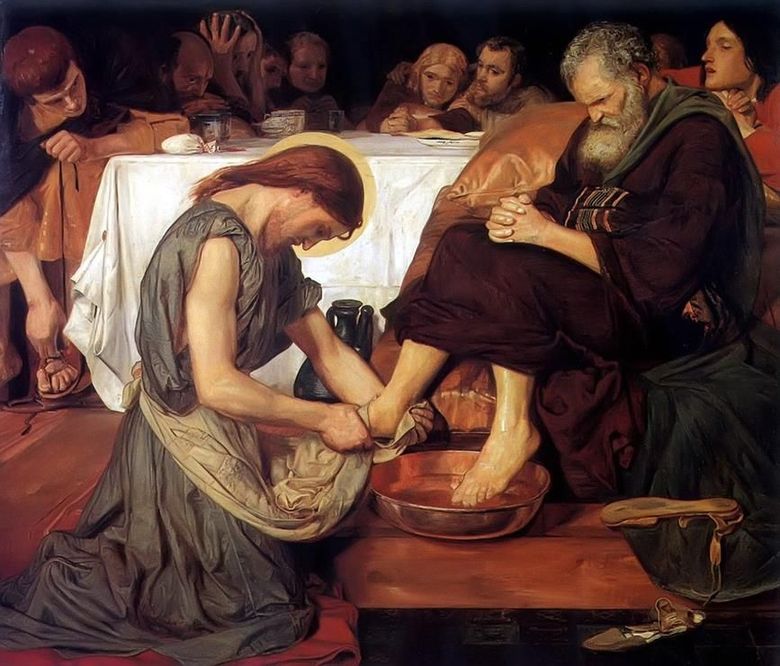 Jésus lave les pieds Peter – Ford Madoxon Brown
Jésus lave les pieds Peter – Ford Madoxon Brown Jesús lavando los pies de Pedro – Ford Madoxon Brown
Jesús lavando los pies de Pedro – Ford Madoxon Brown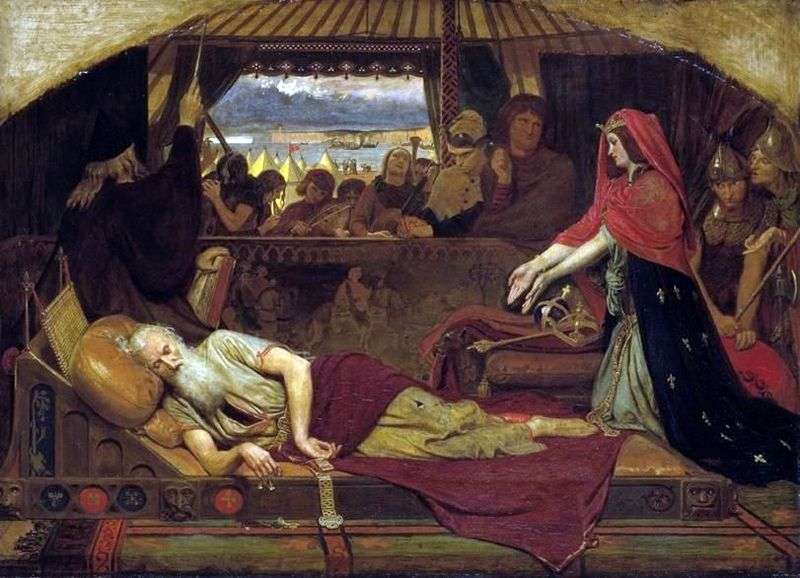 Lear and Cordelia by Ford Madoxon Brown
Lear and Cordelia by Ford Madoxon Brown Labor by Ford Madoxon Brown
Labor by Ford Madoxon Brown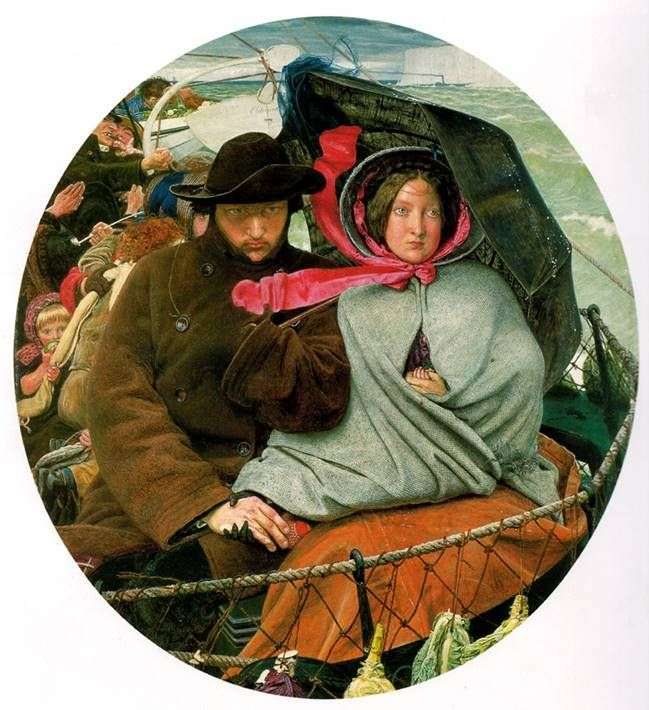 Farewell to England by Ford Madoxon Brown
Farewell to England by Ford Madoxon Brown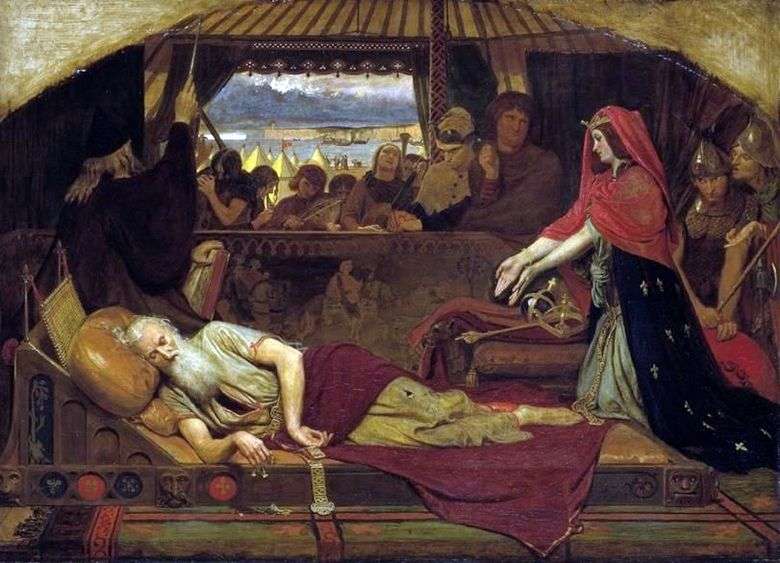 Lear y Cordelia – Ford Madoxon Brown
Lear y Cordelia – Ford Madoxon Brown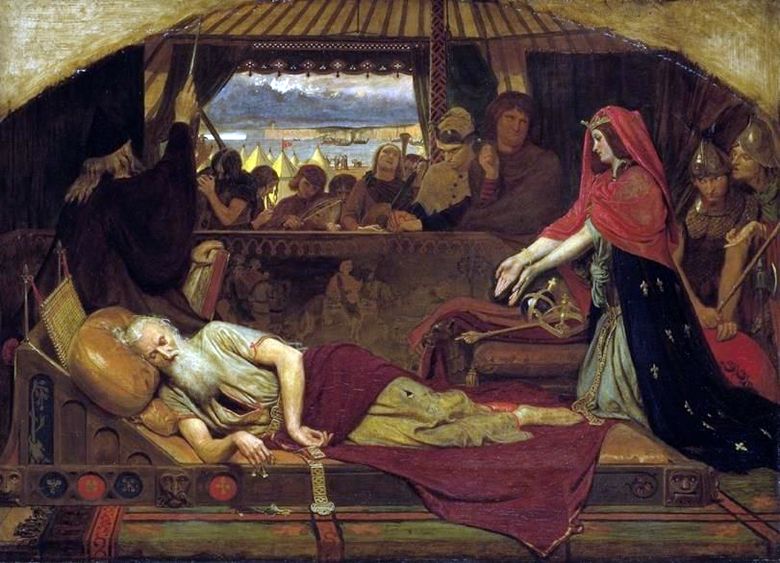 Lear et Cordelia – Ford Madoxon Brown
Lear et Cordelia – Ford Madoxon Brown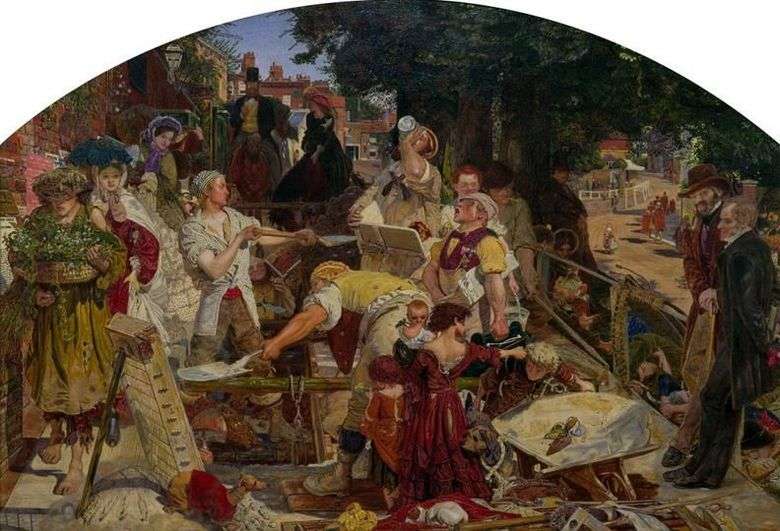 Trabajo – Ford Madoxon Brown
Trabajo – Ford Madoxon Brown